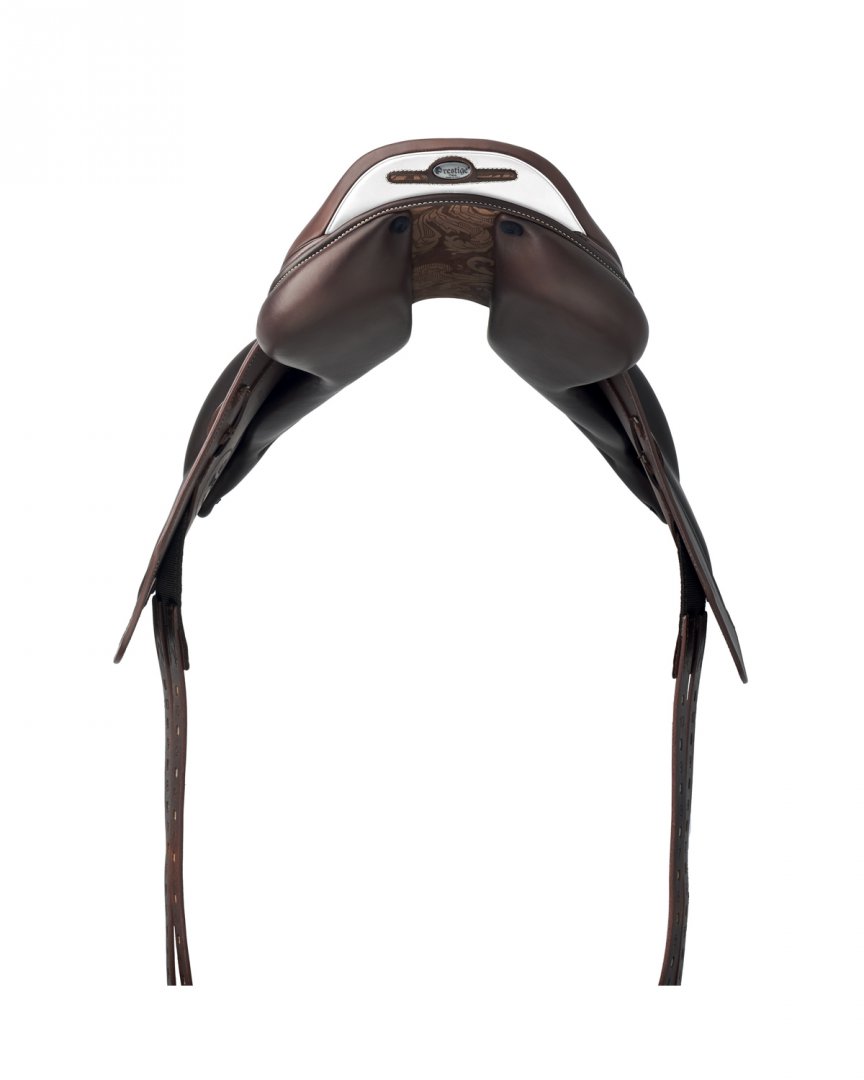Kissing spine is a major issue in horses and needs to be understood and managed. Once a diagnosis has been achieved through your Vet, then in the majority of cases your horse will still be able to be ridden but there are some vital issues that need to be addressed.
- Clear and careful analysis of what the actual extent of the Kissing spine is
- Management of getting your horse back in work ready to be ridden
- Selection of the most appropriate saddle, saddle cloth and girth
The management of getting your horse “back on track” is vital and is easily managed through a prepared plan through consultation with your Vet but also through doing core strength exercises. Some exercises that are really helpful are set out in the following article named the “ 3 steps to getting back on track”, click here to follow the steps.
What is very apparent dealing with many horses with kissing spine is that it is absolutely crucial that the selection of the most appropriate saddle, saddle cloth and girth is considered and chosen.
Saddle fitting is not an exact science, but understanding the “hot spots” or areas that are causing your horse discomfort is essential.
What I have found is that you need a saddle that has a wide channel, we need to minimize pressure along the spinal processes. What is also crucial is that the saddle panel is not too thick, we need a close connection so that the rider feels more balanced and “ connected “ . you feel close to your horse, this means that also the horse can feel you the rider a lot closer as well. The further you are removed from your horse the more disconnected you become and also less stable. The less stable and balanced you are then the more pressure on your horse to achieve a balanced posture and steady movement. If you are unsure what I am saying then use a human analogy, try carrying something like a back pack on your back ,firstly with the object closely fitted and then with it less fitted or hanging loosely. You feel the difference instantly physically but also mentally you are now thinking on how can a carry this object more comfortably and your focus is distracted to the object on your back instead of the task you are trying to achieve. It is the same with your horse, the closer connected though the panel structure then the less movement and more “connected “ you both will be. This of course means less pressure on the kissing spine area.
Selection of the girth is vital here, we have had most success with anatomical shaped girths that are soft and have some elastic in. The concept being that the shaping allows good support on the pectoral muscle ,the anatomical shape allows more freedom for the horse to move its elbow backwards, the anatomical shaping also means that the girth points on the saddle are not pulled too far forward towards to scapula (shoulder)blocking your horse’s movement. So freedom of movement but also a more relaxed horse physically and mentally.
The third important factor is the saddle cloth selection. The saddle cloth has to have a high contour at the wither area and no pressure along the spine at all. The best results we have had is with the saddle pads that have lambswool or sheepskin in underneath the saddle cloth touching the horse’s back. An essential part of this is also that there is a clear channel along the spine, we do not want any sheepskin or lambswool in the channel area.
So careful analysis and discussion can lead to a successful outcome for you and your horse. As I have mentioned before , saddle fitting is not an exact science, but there is products on the market that absolutely make your horse feel as comfortable and supported as they possibly can be. Sometimes it is trial and learn, but if you don’t try then you are not doing you or your horse any favours.
There is no one fix for every horse, they each have individual requirements and so analysis of the issues, then clear discussion about how to obtain the best result for your horse is very achievable.
You just need to make a start.

